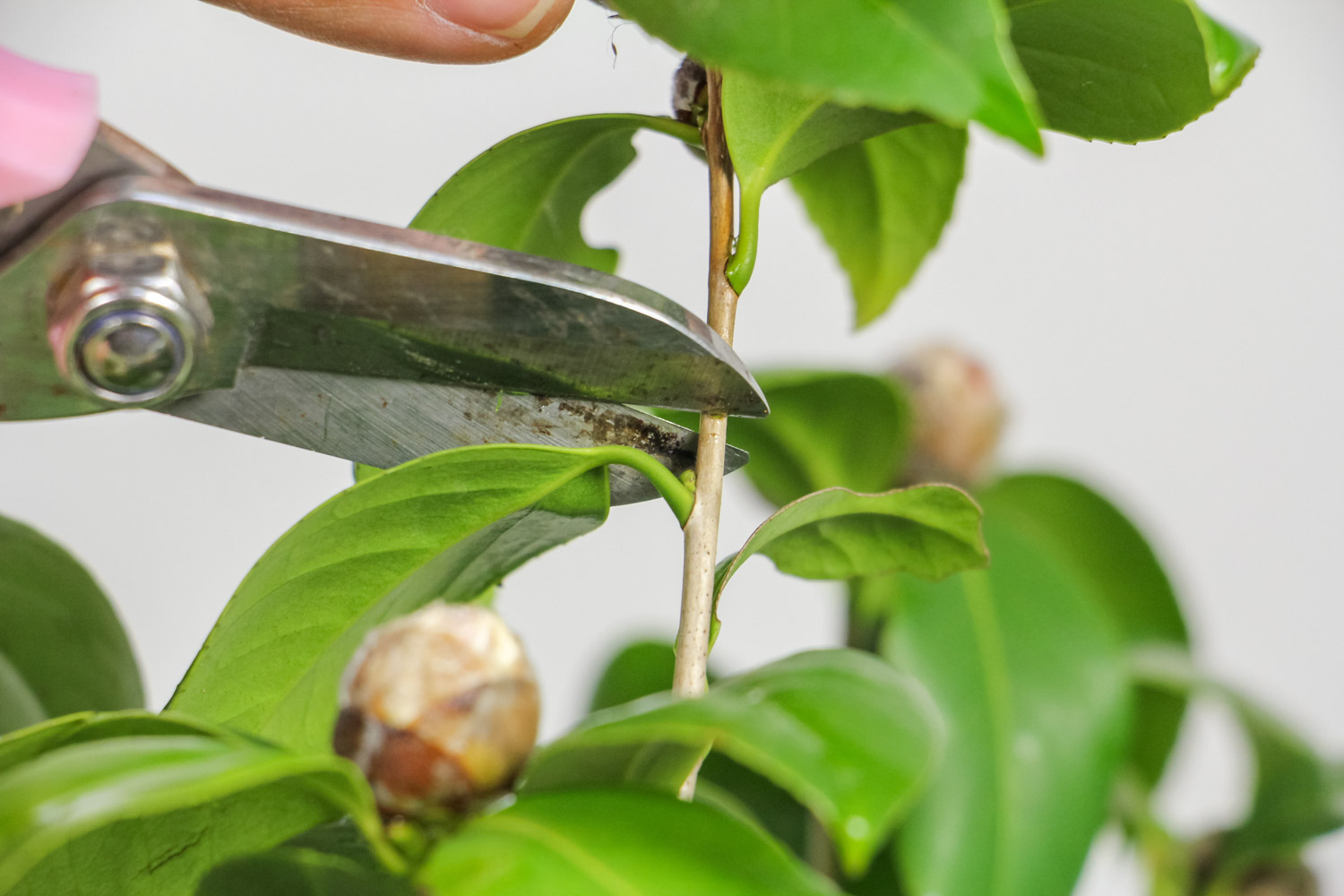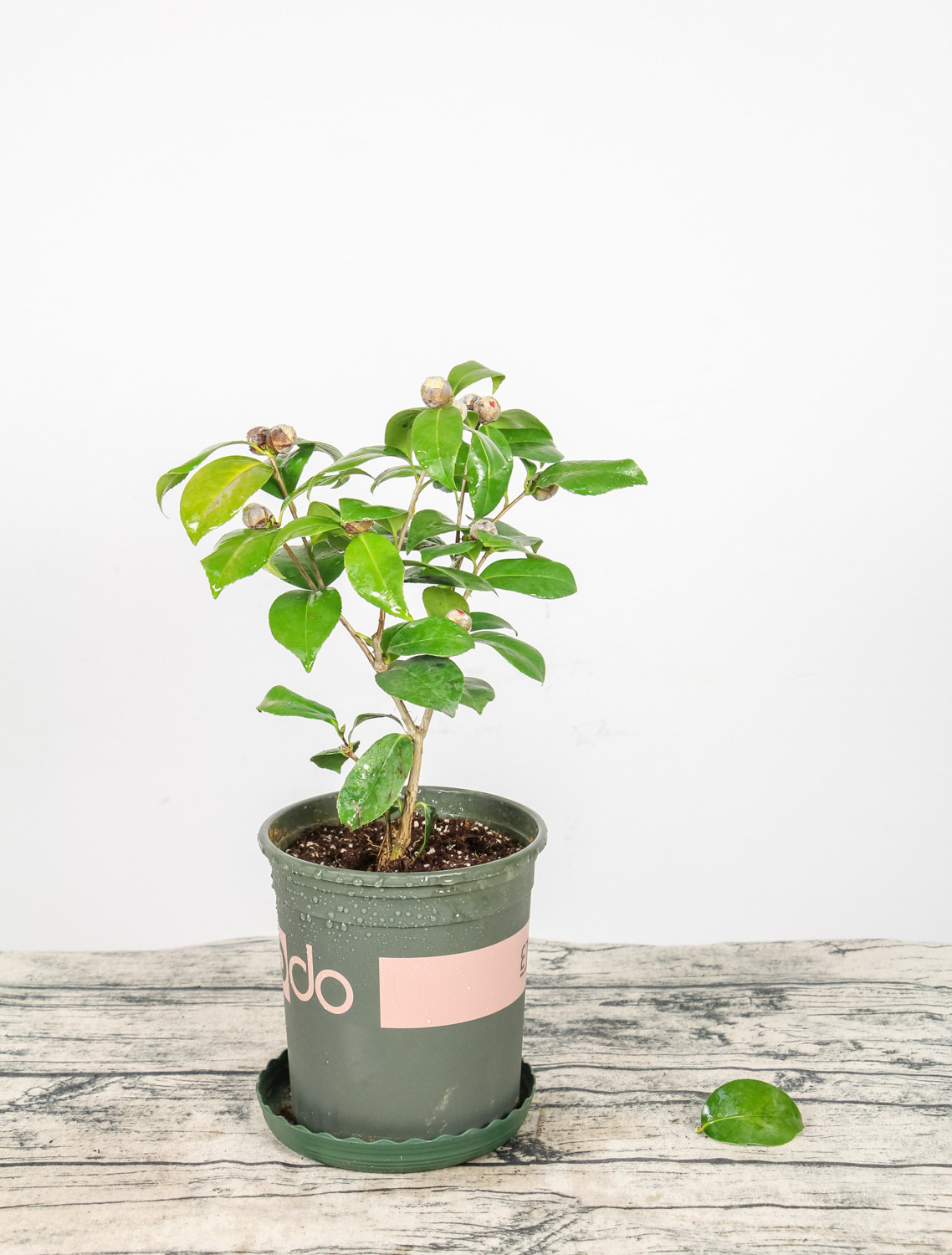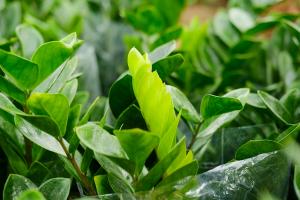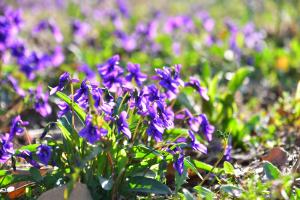1、 Rootstock selection
The rootstock for grafting camellia is generally the seedling of Camellia oleifera or camellia. These two plants belong to Theaceae and have high affinity with it. They are easy to survive after grafting and grow faster

2、 Grafting method
1. Grafting time: the grafting time of camellia is generally from Qingming to mid autumn festival. Most of them are from June to July. At this time, the leaves have just started, the temperature is relatively high, the wound healing speed is very fast, and the survival rate is high. If the temperature is low, the plant grafting will be difficult to succeed, and the scion will wither slowly without nutrients for a long time

2. Scion treatment: the scion of Camellia generally uses branches that grow well and have no diseases and pests. Keep a quarter of the leaves on it and the bud eyes should be full, so as to facilitate subsequent growth. After cutting the cuttings, it is necessary to cut a knife obliquely at the bottom to expose its cambium from the side, with a length of about 1.5cm
3. Grafting: cut the rootstock of Camellia from the cutting place down the xylem, with a depth of about 2 cm. As long as you open the bark and the xylem, don't cut it off. After cutting, insert the bottom of the scion into it, and the cambium of the two should be well aligned. If the sizes are different, it is necessary to ensure that one side is aligned

4. Subsequent maintenance: after grafting, the rootstock and scion of Camellia need to be tied together to ensure that they will not separate. At the same time, the incision should be sealed to avoid bacterial infection. In addition, you can put a bag on the upper part of the scion to moisturize, but don't wrap the new bud, so as to avoid water dripping on it and causing it to rot

 how many times do yo...
how many times do yo... how many planted tre...
how many planted tre... how many pine trees ...
how many pine trees ... how many pecan trees...
how many pecan trees... how many plants comp...
how many plants comp... how many plants can ...
how many plants can ... how many plants and ...
how many plants and ... how many pepper plan...
how many pepper plan...
































